Last Updated on 02/01/2025
Located in the state of Himachal Pradesh, Manali is home to numerous beautiful attractions and draws hordes of tourists every year. Visitors come to enjoy its scenic beauty and participate in various fun activities such as rafting, mountaineering, and trekking. Read on to learn more about Manali, its tourist spots, culture, and much more.
Manali is situated at the northern end of the Kulu Vallley, at an altitude of 1,926 meters. It is in Himachal Pradesh, and the name ‘Manali’ literally means ‘Home of Manu.’ Manu, a character in Indian mythology, is often compared to Noah from the Bible. He survived the great flood that drowned the entire world and, after the waters subsided, came to Manali to recreate life. Naturally, Manali holds sacred significance and is regarded as the Home of Manu. Hindus consider a trip to the temples in Manali a pilgrimage.
For ordinary tourists, Manali holds a magical charm with its majestic mountains, lush green landscapes, and breathtaking sceneries. A visit to Manali allows you to experience various picturesque sights, such as flower-filled meadows, winding rivers, Hindu temples, Buddhist monasteries, glaciers, and snow-capped mountains that seem to have stepped out of a fairy tale.
Tourist Places in Manali
As one of the most famous destinations for tourists in India, Manali has numerous attractions. Here are some of the most visited places of interest in Manali:
01. Hadimba Temple
- Built in 1553, dedicated to Goddess Hadimba.
- Famous for exquisite wood carvings on the walls.
- Animal sacrifices are made during the Dhungri Mela in May.
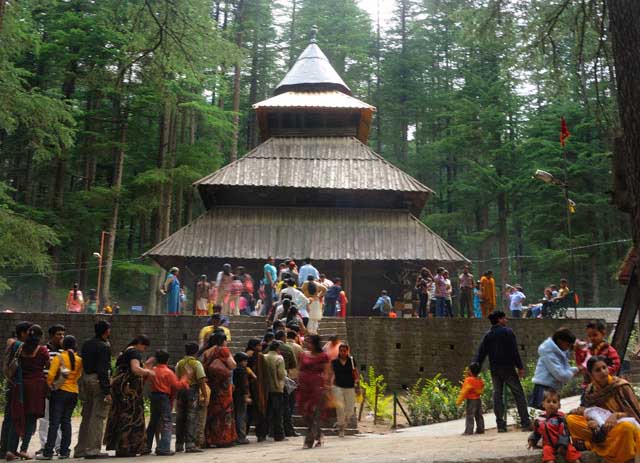
It is also known as the Dhungri Temple and has been made out of stone and wood. This temple was erected in 1553 in honor of Goddess Hadimba, who is mentioned in the Hindu epic Mahabharata as the wife of Bhim, one of the Pandava brothers. The walls of the Hadimba Temple are covered with exquisite wood carvings. Animal sacrifices are made in this temple during the month of May, which are done for the Dhungri Mela, a festival that lasts for 3 days.
02. Buddhist Monasteries
- Gadhan Thekchhokling Gompa: Known for a Lord Buddha statue and multi-colored wall paintings.
- Himalayan Nyingmapa Gompa: Famous for a large statue of Buddha with a golden face.
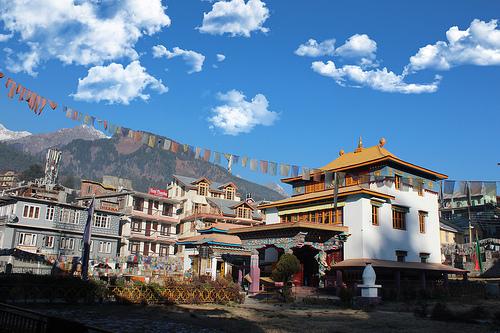
A large number of Tibetans reside in Manali, so it’s no surprise that many beautiful Buddhist monasteries are found here. Gadhan Thekchhokling Gompa Monastery is one of the most famous monasteries in the region. It is well known for its medium-sized Lord Buddha statue and its multi-colored wall paintings. The Himalayan Nyingmapa Gompa is another famous monastery, known for its huge statue of Lord Buddha with a golden face.
03. Rohtang Pass
- Located at 13,050 feet above sea level.
- Only open from May to November due to heavy snowfall during other months.
Located at an elevation of 13,050 feet above sea level, Rohtang Pass is the highest point on the Manali-Keylong road. This pass is open only from May to November, as heavy snowfall makes it impassable during the other months.
04. Solang Valley
- Famous for skiing activities.
- Home to a 300-meter ski lift.
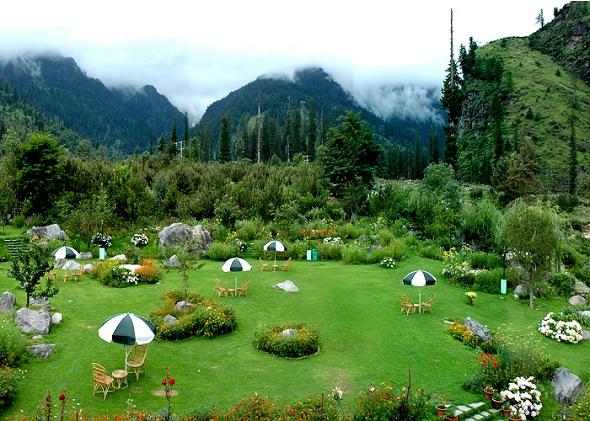
Solang Valley is a very popular destination for skiing. The biggest attraction in this valley is undoubtedly the 300-meter ski lift.
05. Old Manali
- Situated 2.5 km higher than the Mall.
- Known for its old stone and wood houses.
- Includes Manu Maharishi Temple dedicated to the founder of Manali.
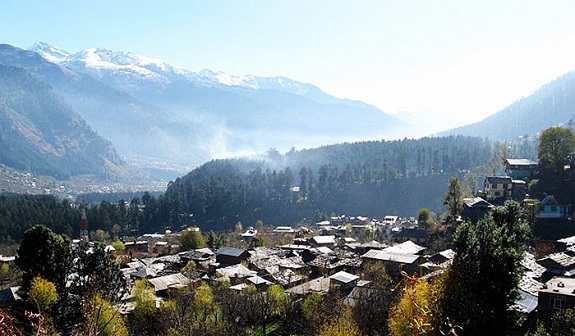
Old Manali is situated 2.5 km higher than the Mall, yet still maintains the feel of a mountain village. It consists of many old stone and wood homes. In addition, you can find the Manu Maharishi Temple, dedicated to the founder of Manali, Manu.
06. Nehru Kund
- A freshwater spring on the Manali-Keylong road.
- Named after India’s first Prime Minister, Pandit Jawaharlal Nehru.
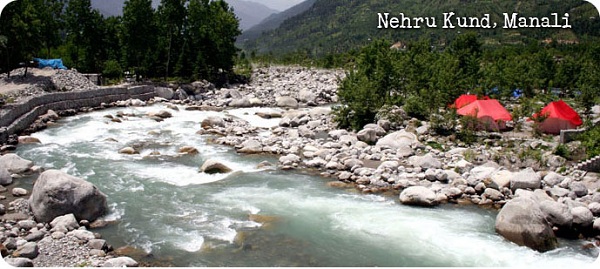
Nehru Kund is a freshwater spring situated on the Manali-Keylong road. The spring has been named after the first Prime Minister of India, Pandit Jawaharlal Nehru, who is said to have drunk water from this spring whenever he visited Manali.
Local Culture of Manali
- Festivals: Winter Carnival (pre-Dussehra) with singing and dancing competitions.
- Dussehra Festival: Manali transforms with performances and plays celebrating local deities.
- Tribes: Kinnaur tribe with an egalitarian society, and Gujjars, known as nomadic tribes.
- Traditional Garments: Indigenous people wear colorful woolen clothes reflecting local culture.
- Arts: Rich in traditional dance, folk songs, and craftsmanship.
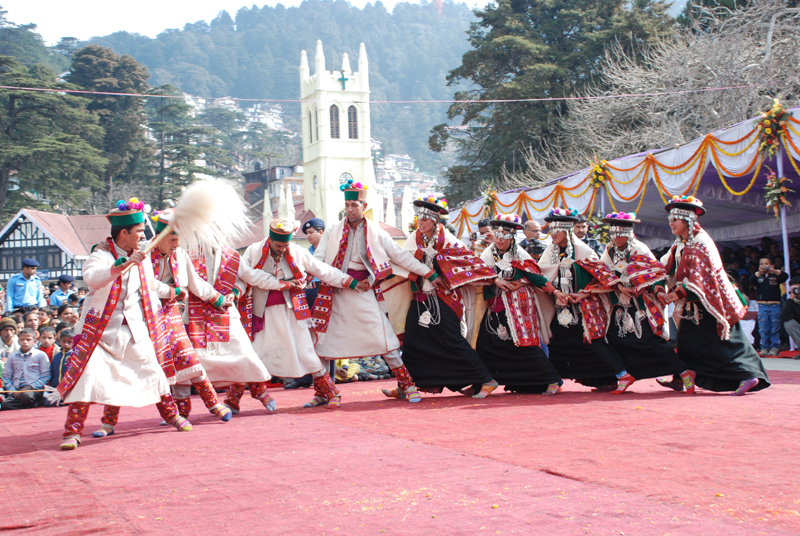
In Manali, festivals and culture reflect the unique social and cultural lifestyle of the locals. The rich ancestral heritage and traditional legacy of the area are expressed in its varied culture. This heritage has seeped into the modern era and still exists in some form today. The cultural traits of this area have not been affected by the rapid industrialization in the region. The traditional culture and values of the society are still very much present in Manali.
Before the Dussehra festival, which is held in January, the Winter Carnival is hosted in Manali. During this carnival, singing and dancing competitions are organized, and local talent is displayed. During the Dussehra festival, the entire town of Manali takes on a festive look, with performances and plays celebrating the local deities. During festivals, rural fairs and weddings are organized in villages across the valley. Local handicrafts, cuisine, and dances showcase the customs and traditions of the region. You can visit Manali at this time to soak in the crafts, food, and various outdoor activities. Many travel and tour companies also organize biking and trekking tours that help you explore local markets, temples, museums, and more.
The beautiful valleys of Manali are home to various indigenous tribes. The tribal community of Kinnaur is regarded as one of the main local residents of the valley. Kinnaur has an egalitarian society, with an equal division of labor between males and females. Another important tribe in the area, the Gujjars, is known for their nomadic lifestyle.
Manali is famous for its indigenous dance forms and folk songs. The region is also blessed with rich traditional crafts and art from ancient times. The dancers, accompanied by melodious and enchanting folk songs, practice their art with great enthusiasm and precision.
The indigenous people of the region prefer wearing traditional garments. These attractive and colorful clothes are generally made from wool and reflect local culture at its best.
The culture, festivals, and people of Manali showcase the varied socio-cultural life of the region.
Best Time to Visit Manali
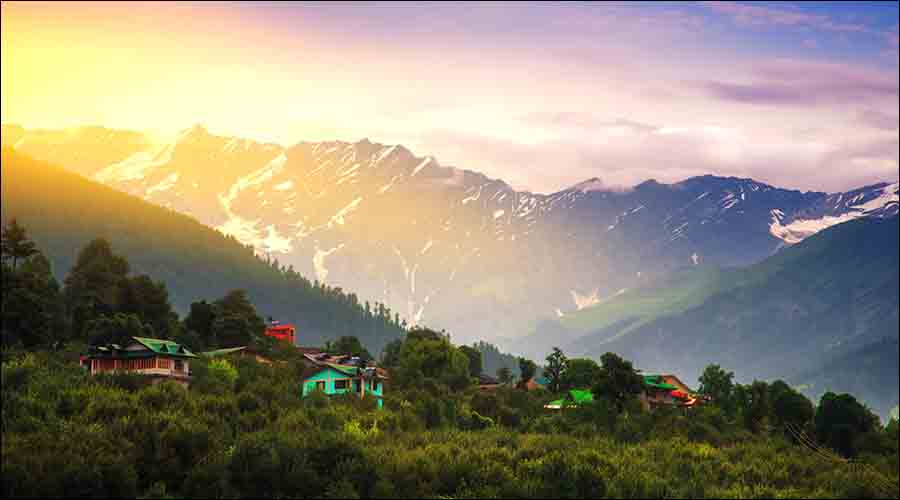
Manali has an extremely cold climate due to its location in the Himalayas. The snow line is not too far from this region. Due to its altitude, Manali enjoys a cool climate, which is loved by all. While winters can be extremely harsh, summers remain cool. During the winter months, the snow line descends, and heavy snowfall occurs. As a result, heavy woolens are needed to survive the cold. Due to heavy rainfall in the winter months, landslides occur, disrupting movement. It is best to visit Manali from May to October. However, if you love snow, you can also visit during the winter months.
The entire town of Manali is surrounded by green patches, and the valley is known for providing the best scenic views in India, according to some sources. It is very popular among travelers due to its beautiful, untouched natural beauty. Manali, with its rich scenic splendor, attracts many tourists from across India and abroad every year.
Activities in Manali
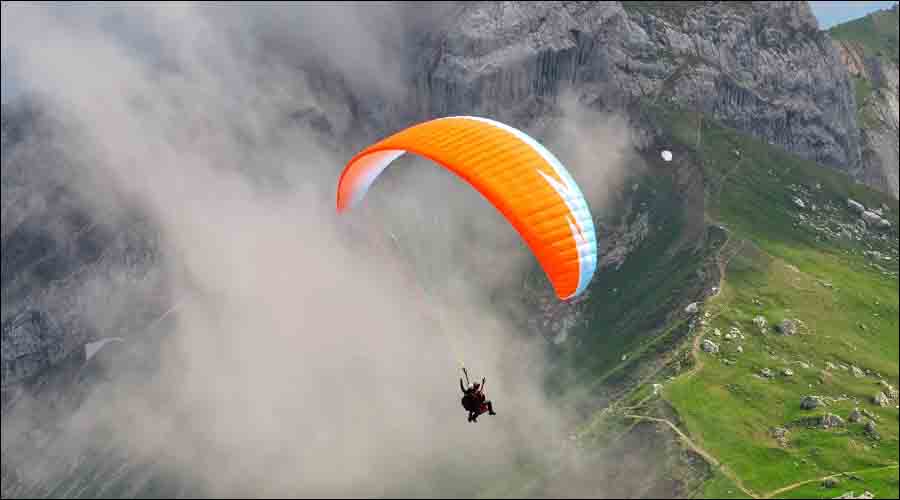
Various adventurous sports can be practiced in Manali due to the varied topography of Himachal Pradesh. Tourists can participate in several sporting events in the region. Some of the most popular sports activities include:
Trekking
Manali offers exciting opportunities for trekking, where you can explore its numerous natural beauties, such as rivers, forests, high mountains, and valleys. Trekking in Manali can provide ultimate enjoyment and satisfaction for nature lovers. The wilderness, streams, springs, mountains, and forests are a great company for trekkers.
Paragliding
Paragliding is organized year-round in Solang Valley, located 14 km from the town of Manali, as well as in other areas such as Bijli Mahadev, Fatru, and Marhi.
Skiing
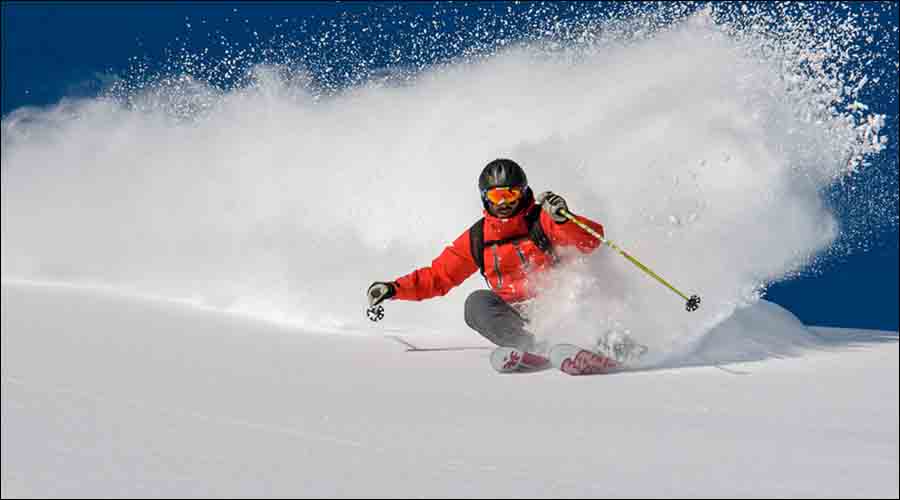
Skiing is organized at Solang Valley, which is 14 km from Manali. Paragliding can be done during January and February in Solang Valley. In Rohtang, Gulaba, Dhundi, and Marhi, paragliding is organized from March to mid-June, depending on snow conditions. You will need gloves, sunglasses, warm clothes, and woolen caps to endure the weather. You should be fit enough to carry the skiing equipment (around 8 kg) up the slopes.
Rafting
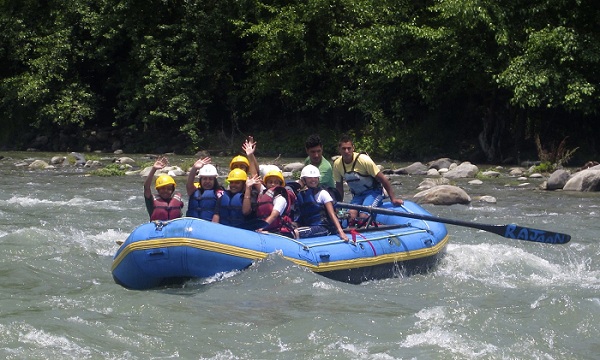
The snow-clad rivers of Himachal Pradesh offer great opportunities for rafting. You can go rafting in the rivers Satluj, Beas, Ravi, and Chandrabhaga, which offer numerous opportunities for whitewater rafting. The Solang Nullah Valley also offers an exciting environment for skiing competitions.
Mountaineering
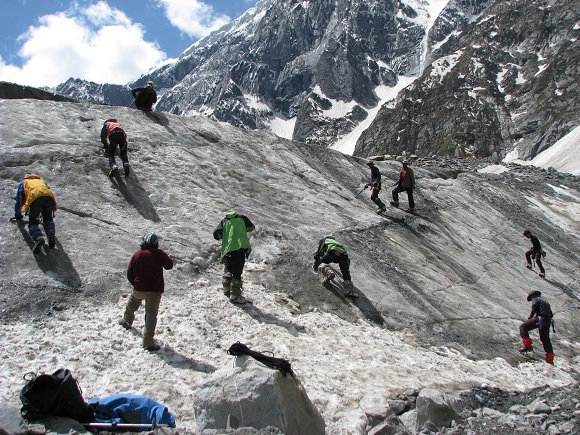
Manali offers ample opportunities for mountaineering. For tourists, the region has incredible potential, with many routes for amateurs. There is also a mountaineering institute in Manali that serves as a base for skiing in winter, and mountaineering and trekking in the summer. Trekkers can find exciting routes in the adjacent valleys and high passes. Rest houses and tourist huts are also available to take a break and soak in the beauty of the place.











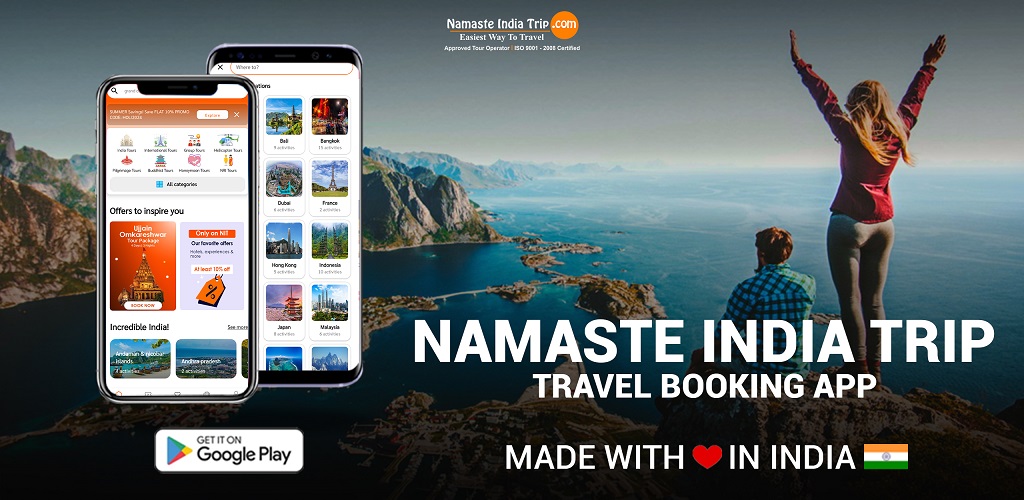
 Call
Call WhatsApp
WhatsApp Enquiry
Enquiry